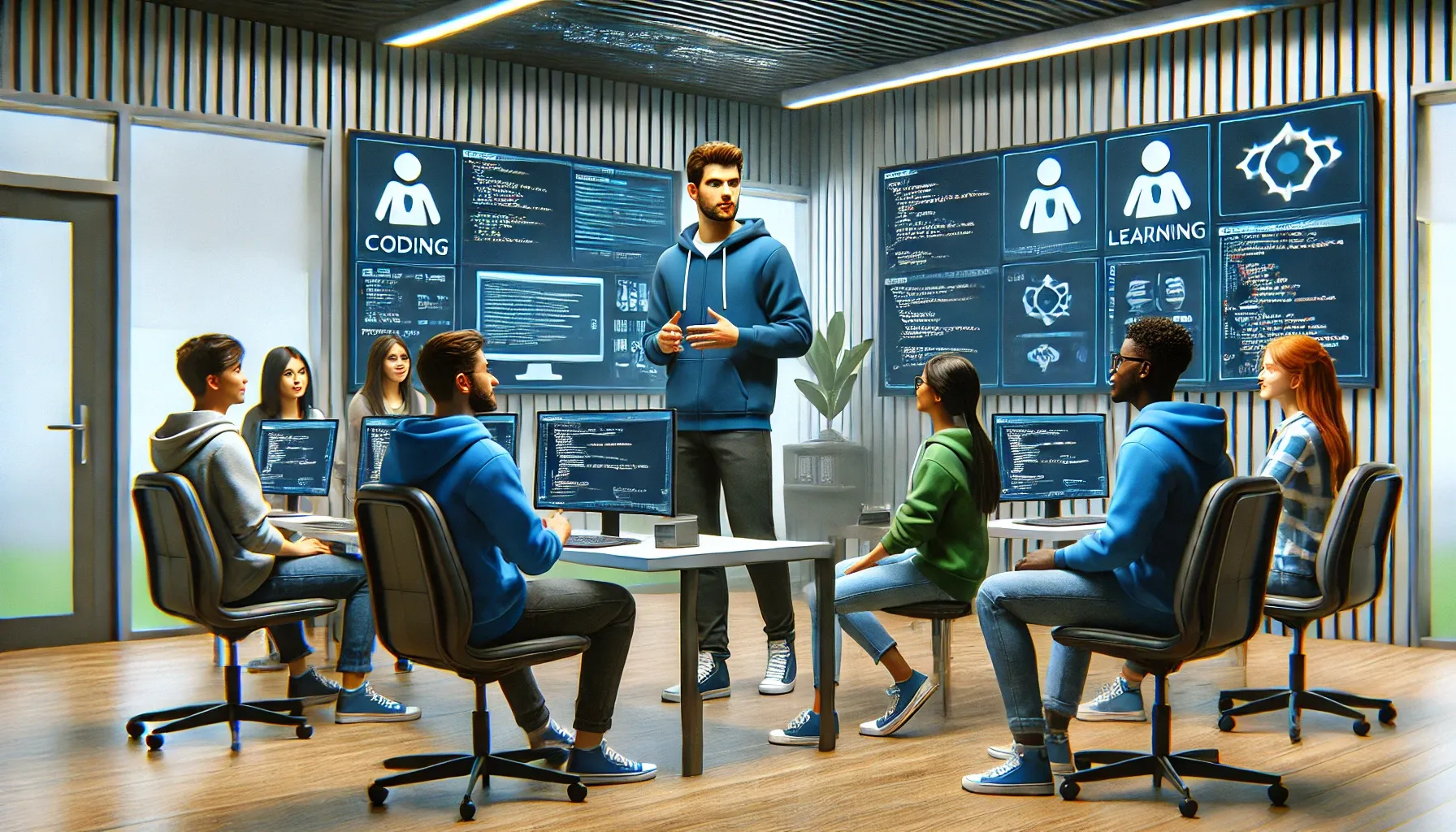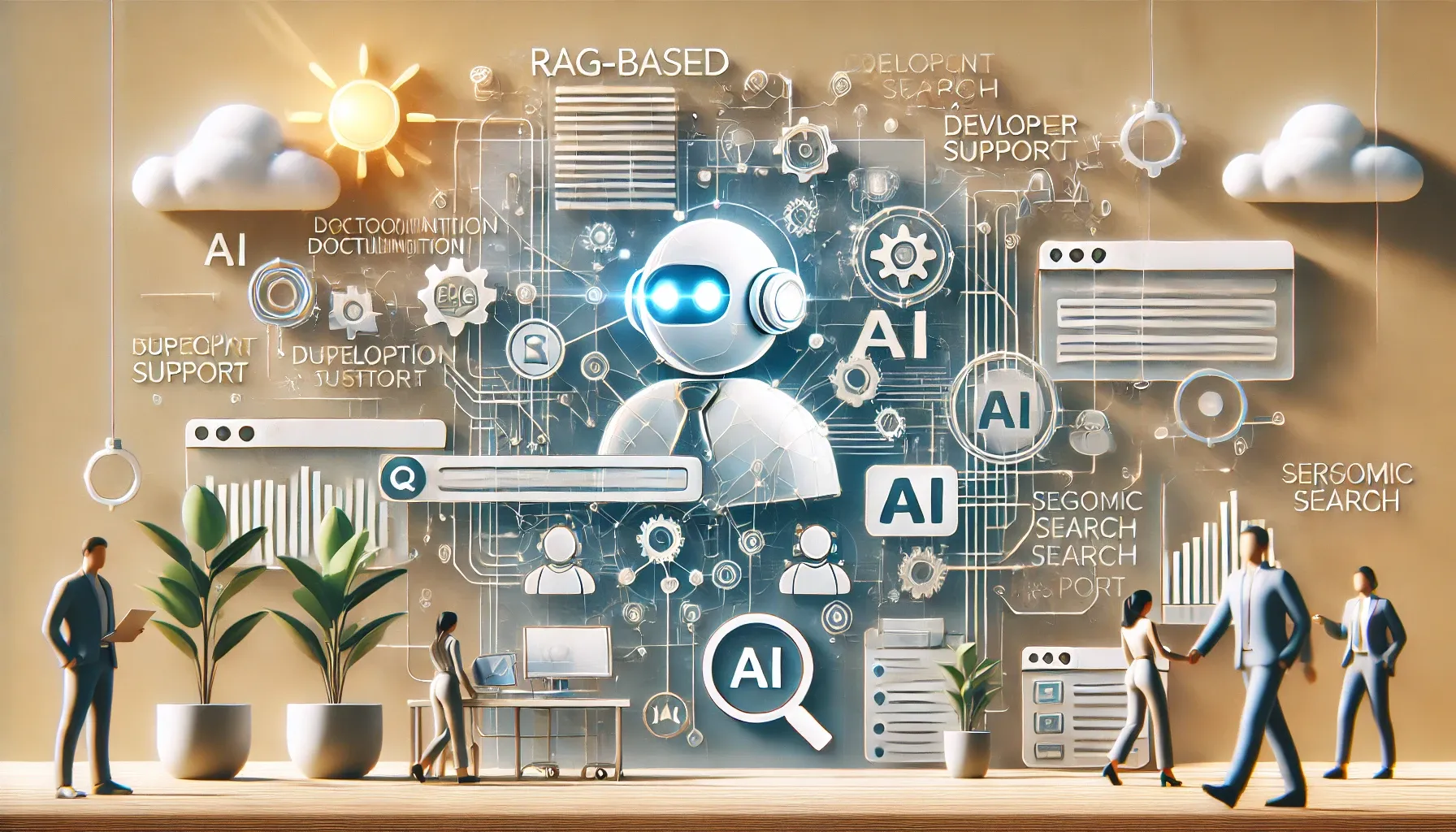A branch of your Developer Enablement team should be an internal developer support organization that is a dedicated team designed to enable engineering teams to effectively and sustainably scale the support they provide to their customers. These customers are developers within the organization who use the internal developer-recommended tools. The support org serves as the frontline resource for handling, troubleshooting, and resolving customer requests and issues.
Benefits of a Developer Support Organization
Reducing Engineering Blockers to Enhance Productivity
When engineers encounter blockers, their productivity decreases, leading to costly delays for the company. Reducing developer toil is essential to maintain a steady workflow and ensure that engineers remain unblocked. Providing quick and effective support is crucial in this process. The primary goal of engineering support is to empower engineers by delivering the necessary resources and assistance. This involves offering reliable and efficient support for troubleshooting and resolving technical issues. By addressing these blockers promptly, engineers can focus on developing new features and improving existing systems, thereby enhancing overall productivity and contributing to the company's success.
Support Analytics for Continuous Improvement
A centralized engineering support team can collect detailed support analytics by systematically tracking and analyzing every support interaction. This data can be synthesized into actionable insights, which are shared during weekly syncs with engineering teams. These insights can highlight potential improvements to the user interface (UI), suggesting how to make tools and systems more intuitive for end-users. By identifying where users struggle, the support team can pinpoint gaps in the documentation, enabling targeted enhancements that foster better self-service. Additionally, the team can aggregate feature requests, helping prioritize development efforts based on user needs. This continuous feedback loop not only enhances the end-user experience but also strategically reduces the overall support burden by addressing root causes of frequent issues and optimizing the usability of tools and services.
Dedicated Engineering Support Layer
Hiring developers who are subject matter experts (SMEs) creates significant value for your company, as their expertise drives innovation and the continuous improvement of critical tools. However, these teams should focus their efforts on enhancing these tools rather than providing repetitive support. When SMEs spend their time answering the same questions repeatedly, it becomes a costly inefficiency for your company. Implementing a dedicated support layer between your internal developers who consume the tools and the SMEs who provide them is a more efficient approach. This support layer, consisting of engineers who handle level 1 and 2 support, ensures that only complex issues requiring SME expertise are escalated. This not only optimizes the use of your SMEs' time but also reduces costs, as support engineers typically command lower hourly rates compared to SMEs. By maximizing the productivity of your highest-value engineers, your company can achieve better outcomes and more efficient resource utilization.
Single Support Channel
Reducing confusion for end users seeking support is crucial for enhancing their overall experience and efficiency. Providing a single support channel consolidates access points, ensuring users always know where to go for help. This approach hides any required complexity behind a unified interface, making it easier for users to navigate and find the assistance they need. The support organization would be responsible for developing and maintaining this centralized support channel. This consolidation reduces the churn associated with managing multiple channels and significantly improves customer satisfaction by providing a clear, consistent, and efficient support pathway.
The Developer Enablement Symbiotic Relationship
The Support Organization will work closely in partnership with the Developer Education Team to create a holistic and efficient developer enablement system. This symbiotic relationship leverages the strengths of both teams to enhance the overall developer experience.
Enhancing Documentation and Training
Developer enablement operates as a symbiotic system, where the support organization works closely with the Developer Education team to create a seamless and efficient support environment. This collaboration offers significant benefits, primarily through enhancing documentation and training. By leveraging insights gained from support tickets, the support organization can identify gaps in existing resources, providing valuable feedback to the Developer Education team. This feedback is used to refine and expand documentation and training materials, ensuring they are relevant and comprehensive.
Reducing the Support Burden
One of the key advantages of this collaboration is the reduction of the support burden. Effective documentation and training empower developers to resolve issues independently, which decreases the frequency of support requests. The Developer Education team can create targeted training sessions and materials based on common issues identified by the support organization, further enabling self-sufficiency among users.
Improving Developer Onboarding
The support organization also plays a crucial role in improving developer onboarding. By sharing insights on what developers need to know to be most productive and where they are likely to get stuck, the Developer Education team can tailor onboarding programs to address these areas effectively. This ensures new hires receive the guidance they need from the start, enhancing their productivity and reducing initial frustration.
Personalized Training for Different Developer Levels
Recognizing that organizations may have developers at various career levels, the support organization can identify patterns and knowledge gaps specific to different experience levels. This allows the Developer Education team to provide personalized training that meets the unique needs of junior, mid-level, and senior engineers. Additionally, the support organization can help tailor training based on personas related to the types of languages or use-cases developers work with, ensuring that training is relevant and impactful.
Continuous Feedback Loop
Establishing a continuous feedback loop between the support organization and the Developer Education team ensures ongoing improvement and adaptation. The support organization shares insights from daily support interactions, allowing the Developer Education team to continuously update and enhance educational resources. This dynamic relationship not only improves the end-user experience but also optimizes the overall support process, making it more efficient and effective. By working closely together, the support organization and Developer Education team create a robust support system that drives developer success and satisfaction.
The Importance of Developer Support for Go-to-Market
Developer support is crucial for the success of go-to-market strategies, as it provides the necessary support to reduce barriers to adoption for recommended tools and services. When launching new tools or services, it is essential to ensure that developers can easily integrate and utilize these solutions within their workflows. A dedicated support organization plays a pivotal role in this process by offering timely assistance, troubleshooting, and resolving any issues that may arise during adoption. By providing comprehensive support and clear guidance, the support team helps developers overcome initial hurdles, ensuring a smoother transition and higher adoption rates. This proactive approach not only enhances the user experience but also builds trust and confidence in the new tools and services, ultimately driving their successful implementation and maximizing their impact within the organization.
Additional Reading







